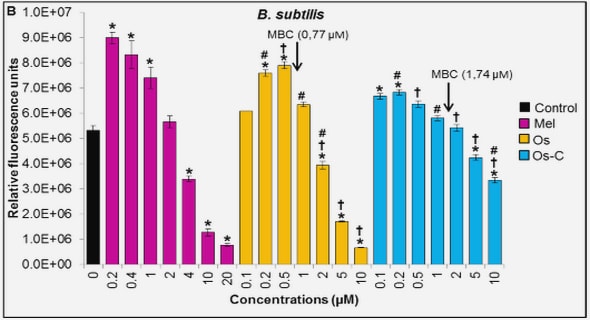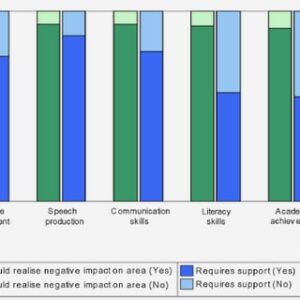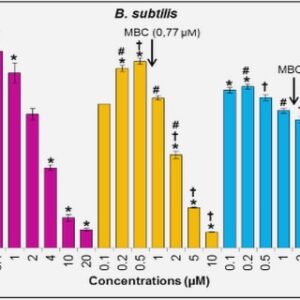(Downloads - 0)
For more info about our services contact : help@bestpfe.com
Table of contents
I. General introduction on the electrostatic field
a. Definition of the electrostatic field
b. The membrane surface charge (MSC)
i. Principle
ii. Tools to investigate PM surface charge
c. The plasma membrane is the most ionic compartment in eukaryotes
d. Anionic phospholipids present in the inner leaflet of cellular membrane
i. Phosphatidylinositol phosphates, phosphatidic acid and phosphatidylserine are anionic lipids presenting different charges and concentration in cellular membrane
ii. Regulation, turnover and localization of anionic phospholipids in yeast and mammals
II. Anionic lipids in the maintenance of the PM electrostatic field in mammals
a. Anionic lipids are required to maintain the plasma membrane electrostatic field
b. Involvement of PIPs in the plasma membrane surface charge
c. Evidence that PS contributes to the PM electrostatic field
III. Anionic lipids in the maintenance of the PM electrostatics field in yeast
IV. Membrane surface charges defines an electrostatic territory corresponding to PM-derived organelles
a. In mammals, endocytic compartments are electrostatic.
b. Membrane electrostatic of intracellular compartments in yeast
V. Why electrostatism?
a. Tuning the electrostatic field by adjusting the spatio-temporal control of anionic phospholipid enrichment
i. Example 1: Anionic lipid remodeling controls protein dynamics during phagocytosis
ii. Example 2: Phosphatidylserine generates a charge gradient along the plasma membrane to coordinates proper polarity in yeast
b. Modulation of protein cationic regions to drive its own localization
i. Encoding cationic regions with a variety of charges
ii. Postranslational modification on proteins and the electrostatic switch hypothesis
c. The ion shielding effect links membrane potential and membrane electrostatics and localy organize the plasma membrane electrostatic field
VI. The limits of the electrostatic framework
a. Membrane targetting: a combination of electrostatic, hydrophobic interactions and trafficking
b. Polybasic regions may have specificity for lipid head group
VII. General conclusion and problematic
B. RESULTS
I. Chapter I: A PtdIns(4)P-driven electrostatic field controls cell membrane identity and signalling in plants
II. Chapter II: Combinatorial PA, PS and PI4P cooperation determines the electrostatic territory in plants
III. Chapter III: A tunable lipid rheostat steers Rho-mediated auxin signaling
a. General introduction on Rho of plant GTPases.
b. ROPGTPase as a central regulator of the ‘non-genomic’ auxin signaling pathway155
i. Auxin influence the interdigitating status of leaf pavement cells
ii. Auxin activates ROPs to orchestrate cytoskeletal rearrangement required to establish pavement cell polarity.
iii. TRANSMEMBRANE RECEPTOR KINASEs (TMKs) acts upstream of ROP signaling in the “non-genomic” auxin signaling pathway
iv. “Non-genomic” auxin signaling pathway regulates the gravitropic response through ROPGTPase
v. Auxin controls microtubule organization during the gravitropic response, which may impact differential cell elongation
vi. Activated ROPs are localized in the so called detergent resistant membrane (DRM) to trigger proper signaling
c. A tunable lipid rheostat steers Rho-mediated auxin signaling
C. DISCUSSION AND PERSPECTIVES
I. The membrane electrostatic field
a. Maintenance of the electrostatic field
i. By phosphatidylinositol 4-phosphate
ii. By phosphatidylserine
iii. By phosphatidic acid
b. Why does a cooperation of three anionic lipids sustain the plasma membrane electrostatic field in plants?
c. PS and PI(4)P sustain the gradient of electrostatic all along the endocytic pathway
II. ROPs nanoclustering
a. How are PS platforms up set up?
b. How is ROPs nanoclustering regulated?
c. Why are nanoclusters required for signaling?



